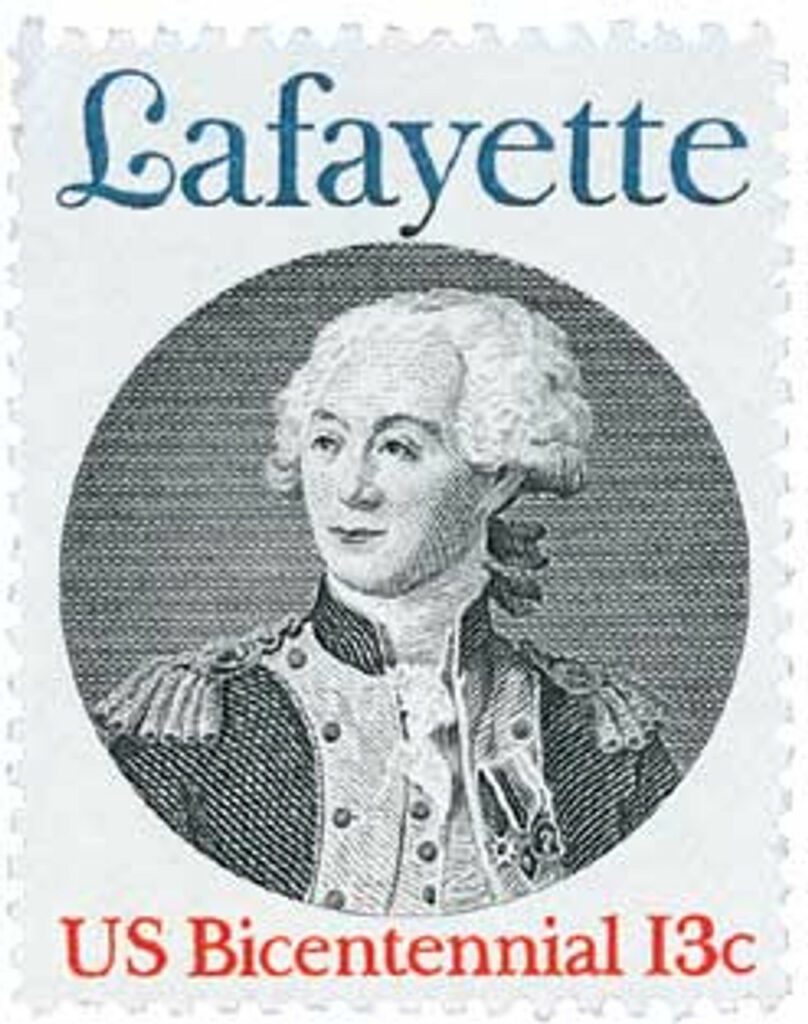From December 19, 1777, to June 18, 1778, the Continental Army, under the command of General George Washington, camped at Valley Forge.
Following the crushing defeats at Philadelphia and Germantown in late 1777, General George Washington led his men to Valley Forge, Pennsylvania, on December 19. In addition to the recent losses that had dampened the men’s spirits, there was little food and inadequate clothing for the harsh winter conditions ahead. Crude huts were hastily constructed to provide some type of shelter. It was only when the last of 10,000 men had moved into sturdier structures that Washington abandoned his own tent in favor of the relative comfort of a cabin.
Valley Forge is located about 25 miles west of Philadelphia, along the Schuylkill River. Washington chose to camp at Valley Forge due to its defendable location and proximity to farm supplies and trade routes. But the winter was unusually harsh. As the months dragged on, food became scarce and uniforms and boots became too tattered to patch. Some troops spent the winter in their huts, naked and starving. Exposed feet left bloody footprints in the snow surrounding the encampment.
Nearly 3,000 soldiers died during the winter at Valley Forge, and the smallpox epidemic rendered many others too sick to fight. Although Washington was severely criticized, he held his position throughout the winter and spring. In spite of all the difficulties, he was able to improve the skill of his troops.
Washington’s determined leadership, and that of the officers under his command such as the Marquis de Lafayette and Baron Frederick von Steuben, held the troops together. In fact, when a small group of officers attempted to stir sentiment against Washington, Lafayette was one of the general’s staunchest supporters.

Baron von Steuben was a Prussian officer who offered his services to Washington in early 1778. At Valley Forge, von Steuben was put in charge of training soldiers. He selected 120 men from different regiments to form an honor guard that would then train the other troops. He spoke little English, so when he was frustrated he would call to his translator, “Over here! Swear at him for me!” His ability to swear in multiple languages, and his willingness to work with the men, made him very popular. Despite the colorful language, von Steuben’s system of training worked well.
By the spring of 1778, the patriots had become a disciplined and well-trained army. The winter at Valley Forge tested the loyalty and strength of the American troops – only dedicated patriots stayed with the Continental Army. The shared hardships toughened the American army and solidified its determination. The recently defeated, undisciplined troops that entered Valley Forge in December emerged a highly skilled fighting force in June.
Discover what else happened on This Day in History.







As these stamps show, George Washington was a man with a deep faith in God and that helped sustain him through the harsh conditions. I pray our current leaders return to the faith and integrity of this great man.
Merry Christmas to all and thank God for our founding fathers whose faith, courage, and determination help to create this great nation.
Washington probably had faith in a God, but he and most of our founding fathers were “deists.” That is, they believed in a natural religion based on the laws of nature. They did not believe that God directed events on earth, but that people directed events and made their own history. This natural God has been compared to a clockmaker who makes or creates the clock, winds it up and sets it in motion, but after that plays no part in the running of the clock over time.
Those men were extremely tough and a testament to their resolve.
Great telling of a great and valiant American history lesson for all of us who live such comfort-seeking lives today. I also think it’s wonderful to learn about von Steuben being unable to curse in English, so he enlists someone else to swear at his intended target in a language that expresses his displeasure for the soldier to hear. Such revelations make history come alive. Thank you for the time taken to research these historical events for us.
Harsh times but not the most harsh winter. The next winter would be worse. The problem was that they had little support from their own Congress. State militias were skimming what supplies and food were available. Von Steuben was a miracle for Washington. He took their minds off the conditions of the day and trained them to drill and maneuver in combat like a unified force. Fighting the British would never be the same. Lafayette used is own money to cloth and arm his units of our army. Not much has changed. The weather is harsh and the soldiers get whats left.
Thank you MYSTIC for glorious retelling of the American Revolution war history. Exemplary courage, dedication, bravery of the patriots will always inspire future generations. I would like to state that George Washington never occupied The White House. And the campaign tent (marquee) used by him throughout the American Revolution War is now famous as THE FIRST OVAL OFFICE .President Gerald Ford on July 4, 1976 authorized Valley Forge National Historical Park as 283rd unit of National Park System. An 18 minute short film “Valley Forge : A Winter Encampment” is shown in the Park Theatre. General George Washington`s headquarters , a restored colonial home, is another attraction. There are reconstructed log cabins of the type used during encampment. Museum of the American Revolution is also expected be open for public from April 19, 2017